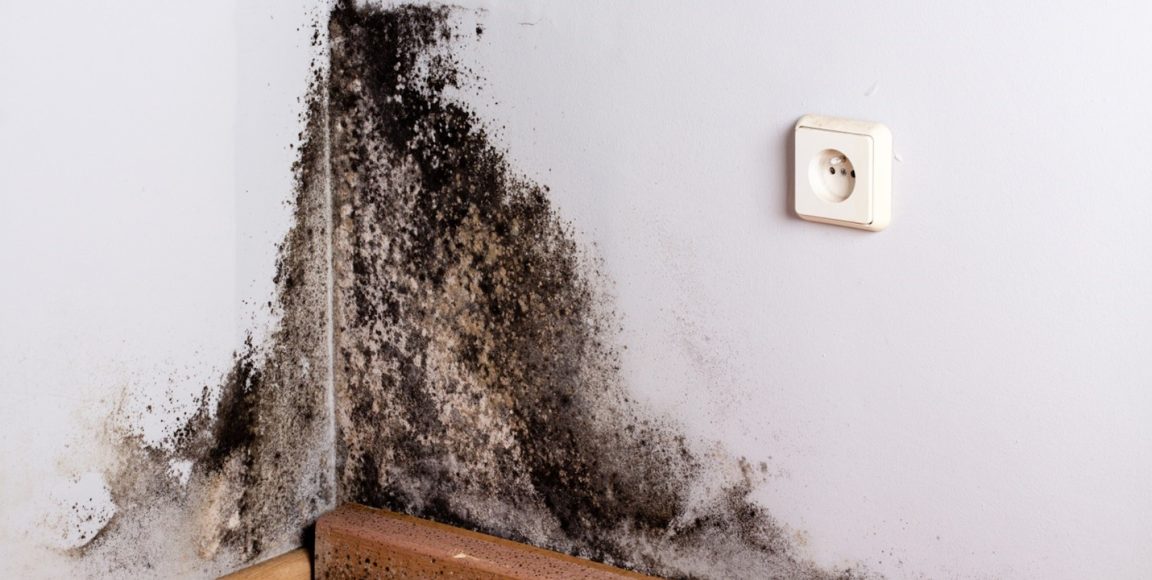If you find an odd green or black spot on the walls of your home, you might be wondering whether you’ve discovered a sign of mold. Depending on the extent of the decay, that wall might need immediate attention to ward off the adverse effects of mold exposure.
When speaking about the importance of testing for mold, you’re essentially looking at the importance of maintaining a healthy home. But what are the harmful effects of mold on the human body, and why should you care about the early warning signs?
In this article, we’ll reflect on the dangers of exposure to nasty mold toxins, why you should constantly be testing for mold, and how you can ensure the health and safety of your family.
Common Causes of Mold Problems in Homes
Common causes of mold problems in homes include moisture issues such as:
Leaks and Condensation
Leaks and condensation can be just the beginning of a mold problem, so it’s critical to test for mold regularly to ensure your home’s and its inhabitants’ safety.
A routine mold inspection or even a DIY test can quickly check the air and material within your house for levels of mold spores that can make you and your family ill. Mold might start due to condensation or leaks but can quickly spread and become more dangerous if not caught in time.
Damp Walls and Carpets
Damp walls and carpets can cause a significant health hazard to your home if left unchecked. Moisture in these areas can quickly lead to the growth of mold and mildew, which can cause a variety of adverse health effects.
If not treated and swiftly removed, the mold spread can worsen and enter the walls and floors of your home, leading to costly repairs and potential health risks.
Inadequate Air Circulation
Inadequate air circulation in the home can create the perfect environment for mold growth. Ensuring proper air circulation throughout the home is essential as this will help prevent mold from growing and reduce any health risks related to mold exposure.
How to Tell If You Have an Unhealthy Mold Problem
Testing for mold requires a thorough inspection of your home. It includes a physical and visual inspection of all surfaces, testing for dampness, and testing for areas of elevated mold concentrations. A mold assay can be conducted to detect airborne or surface molds and spores in air or liquid samples.
You should also consult a professional to test for mold to identify any areas of structural damage caused by mold growth and if remediation is necessary. Testing for mold is essential in tackling the spread of unhealthy mold, improving the overall health of your home, and ultimately protecting your and your family’s health.
Risks and Potential Health Hazards of Mold
Mold can cause a range of health problems, such as difficulty breathing, cough, fatigue, headaches, skin irritations, congestion, and more. In extreme cases, it can even cause asthma and other breathing difficulties. Additionally, mold can diminish the air quality in your home, reducing its livability.
Mold can adversely affect the health of the people living in a home, and it can cause respiratory, skin, and eye irritation in people – especially those with respiratory conditions.
How to Identify Mold in Your Home
The most common types of molds that may cause a health risk are Aspergillus and Stachybotrys, which can produce toxic compounds.
Mold is one of the least understood dangers lurking in our homes. People may be exposed to mold without knowing there is a problem. It can lead to a variety of health issues if undetected and can also cause significant property damage.
Visible mold is noticeable, but checking in hidden, often moist places such as bathrooms or basements can help spot an issue before it gets out of hand.
Detecting the Warning Signs of Mold
Mold can deteriorate the foundation of your home and cause health issues for those living in the house. Signs of mold often include:
- A musty smell.
- Discoloration on ceilings and walls.
- A damp or slimy sensation on surfaces.
- Bulging walls.
It is essential to assess your home every few months to ensure you are safe from mold. If any of these signs of mold are present, it is necessary to contact a mold removal service to remediate the mold properly. The benefits of mold testing services help to catch any potential problems early on.
It allows for the best and least expensive method of removal. Keeping a home healthy and safe from mold is essential for a happy and healthy living environment.
Tips for Managing Mold in Your Home
Routinely testing for mold is essential for maintaining a healthy home. It would help if you examined all your home’s potential areas for mold growth, such as in basements, bathrooms, and around any appliances that use water.
Other tips for managing mold in your home involve using a dehumidifier to reduce the humidity levels and increasing the ventilation in your home, such as opening windows and using exhaust fans when necessary. Look for any signs of water damage, such as discolored or cracked walls or floors.
You should also regularly audit any water fixtures, such as disposals or sinks, to check if they leak. Finally, keeping your home clean and tidy is a great way to prevent mold growth in the first place. Following these steps will help keep mold at bay and your home healthy.
The Importance of Testing for Mold to a Healthy Home
Testing for mold is essential to maintain a healthy home environment and ensure the health and well-being of the people living in it. Be sure to find out if your home is safe and healthy and make it a part of your routine to assess it for potential mold contamination.
Take the initiative and contact a trusted mold expert. Stay ahead of any potential issues by calling a professional to check for mold and other contaminants today!
If you find this article helpful, check out our other blog.



